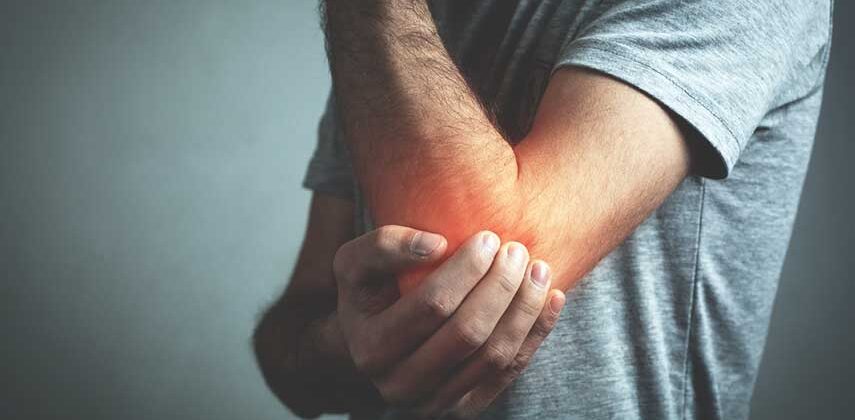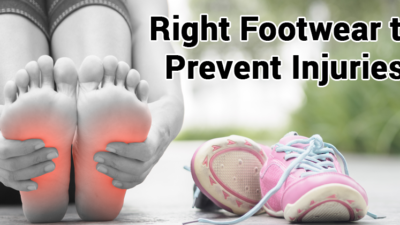Joints play a very important role in your body. Unfortunately, when you meet an accident, this is also one of the parts in your body that can easily get affected. When this happens, you’re going to be in a lot of pain. After all, the joints are the ones that hold the bones together so they can move seamlessly and smoothly.
Your joints are scattered across the body, from the shoulders, knees, hips, and elbows. Your day-to-day movements are powered by good, lubricated joints. So, when there’s trauma to any of these areas, it shouldn’t be surprising at all that you’re going to be under a lot of pain. Before proceeding below, you can get more info here first about knee and joint injuries after a car accident, and what you can do about them—in the eyes of the law—as a part of your recovery process.
Fortunately, there are so many things you can do to keep the pain manageable. The key is consistency so that you don’t let the pain have control over your quality of life after the accident. This can help make your recovery easier and smoother.
That said, here are insights on how you can manage joint pain after a car accident:
1. Consider Surgery
In severe cases, surgery will be needed to alleviate and even take away the main causes of the pain in the joints following an accident. This can include ‘cleaning out’ or debriding, replacing, or reconstructing the worn-out joint. Doctors are going to recommend surgery when they feel like it’s no longer just a simple pain that’ll go away, but a problem with your joints and muscles because of the accident, which can progress easily. So, essentially, surgery can also be considered as a proactive treatment to stop the worsening of your joint pain.
There are different types of surgeries that can be performed, such as:
- Arthroscopy. In this procedure, the surgeon will insert a pen-sized flexible tube known as an arthroscope inside your joint. This has an attached fiber-optic video camera so that the surgeon can see through your joint. Through this process, the surgeon can fix rough spots and address bone fragments, damaged cartilages, or even cysts that may have developed in the joints.
- Osteotomy. Here, the surgeon will cut a part of the bone near the damaged joint, or add a part of the bone to remove pressure or realign the limb or the leg.
To ensure that you’re informed about the decision of needing to go through surgery, be sure that you also ask yourself and your doctor the following questions:
- What are the risks if this surgery won’t be performed?
- What are the risks during and after this surgery, if it will be performed?
- Is surgery really the only treatment option left?
- What happens if the surgery is delayed?
- How successful will the surgery be?
2. Follow Through With Good Home Treatment
It’s not all the time you’re going to be under the watchful eye of your doctor. If you’ve been released from the hospital already, this means that you’re totally in control of your recovery once you get home. So, it’s very important to follow through religiously with your home treatment so that you can better manage the joint pain following the car accident.
These are some of the ways you can manage joint pain at home:
- Take an anti-inflammatory or pain relief medication when needed
- Go for a regular massage to improve circulation in your body
- Take a warm bath
- Rest well
- Stay physically active by performing moderate exercise
If you do such things, then, hopefully, one day at a time, the pain can be alleviated and you can be on your way towards enjoying and living your normal life at the soonest possible time.
3. Don’t Skip On Your Medications
If your doctor has prescribed medication for you to continue taking at home, be sure that you follow your doctor’s orders. Don’t even try to skip on any of it just because you feel as if you’re already getting better or that you don’t need it.
For example, if your doctor has prescribed an antibiotic to control or prevent the spread of any possible infection in the areas where your body or joints are swollen, take it at the prescribed time, even if the pain has already subsided. It’s only when your doctor labels a certain medicine as ‘as needed’ (like your pain relievers) that you can choose when and when not to take one.
4. Don’t Rest Too Much
Yes, you have to rest. Surely, your doctor will advise you not to put too much strain and pressure on the affected area. But, this ‘rest’ doesn’t mean not moving at all. It simply means taking it easy and avoiding any physically strenuous activities.
The danger with resting too much or not moving your body parts at all is that it can hamper recovery. It may only weaken your muscles as they’re now not used to moving, which can only worsen the joint pain you’re going through.
Generally, your doctor or your therapist is going to prescribe you light or moderate exercises to give motion to the knees and other affected areas. Follow this program religiously, and be sure that you stick to it.
5. Manage Your Weight
If you’re overweight, then this will add more pressure on your muscles, joints, and body in general, which, in turn, worsens the pain.
Adipose tissue, also known as fat, sends out chemical signals across the body, which increases inflammation. So, while you recover from your accident and while you still can’t do heavy exercises, be sure that you’re very mindful about your diet. Being advised to rest doesn’t mean acting like a couch potato and snacking on chips and other junk every single day.
Your diet should consist of fruits, protein from fish and other healthy sources, and green, leafy vegetables.
Conclusion
Living with the effects following an accident is never easy. Particularly if the accident was quite a big one, you can expect the recovery to be lengthier than usual. One of the parts that can severely get affected is your joints, and when this happens, you can be sure that you’re going to suffer through extreme pain. But, this suffering doesn’t have to be long-lasting. With the little changes you do every day, you can now make the pain more manageable and easier to recover from.







 This article changed my life!
This article changed my life! This article was informative.
This article was informative. I have a medical question.
I have a medical question.
 This article contains incorrect information.
This article contains incorrect information. This article doesn’t have the information I’m looking for.
This article doesn’t have the information I’m looking for.